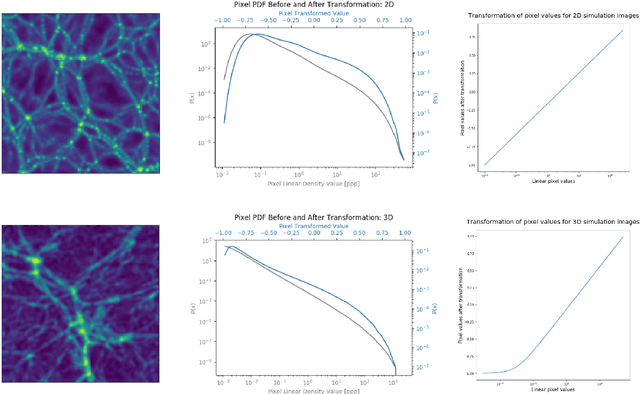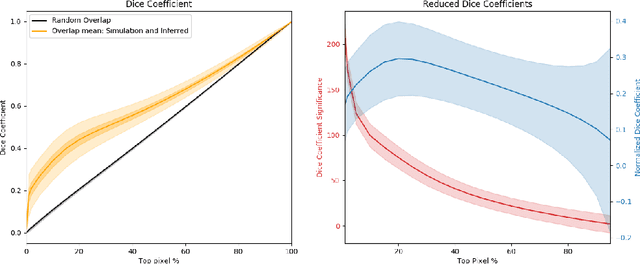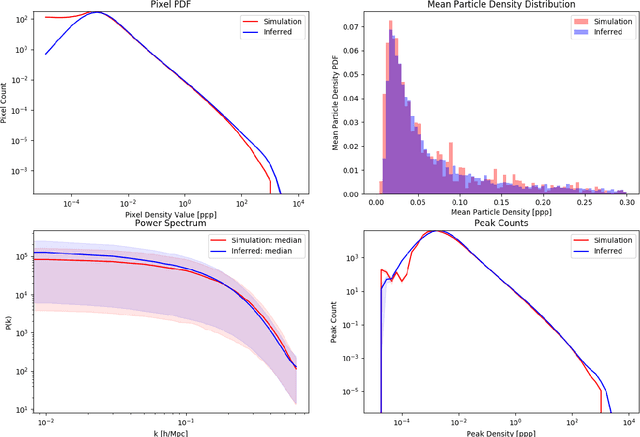Encoding large scale cosmological structure with Generative Adversarial Networks
Paper and Code
Nov 10, 2020



Recently a type of neural networks called Generative Adversarial Networks (GANs) has been proposed as a solution for fast generation of simulation-like datasets, in an attempt to bypass heavy computations and expensive cosmological simulations to run in terms of time and computing power. In the present work, we build and train a GAN to look further into the strengths and limitations of such an approach. We then propose a novel method in which we make use of a trained GAN to construct a simple autoencoder (AE) as a first step towards building a predictive model. Both the GAN and AE are trained on images issued from two types of N-body simulations, namely 2D and 3D simulations. We find that the GAN successfully generates new images that are statistically consistent with the images it was trained on. We then show that the AE manages to efficiently extract information from simulation images, satisfyingly inferring the latent encoding of the GAN to generate an image with similar large scale structures.
 Add to Chrome
Add to Chrome Add to Firefox
Add to Firefox Add to Edge
Add to Edge